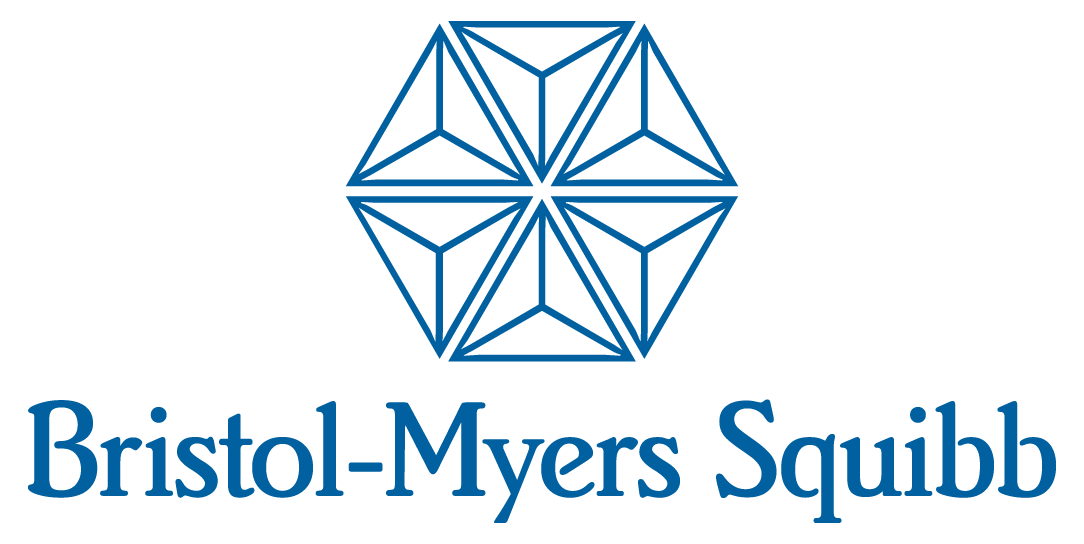Fluorescence Microscopy
Fluorescent microscopy is used to detect target molecules in tissues or cells in order to evaluate their spatial resolution and expression levels in different tissues and cellular compartments. It is of critical importance in modern life science. It’s also routinely used in research to study complex biochemical pathways and in diagnosis to detect markers indicative of disease state and progression. Imaging and analysis of samples labeled with fluorescent probes that bind to specific cell markers can be achieved with different fluorescent detection methods.
Antibody Search and Fluorescence Microscopy
Epifluorescence and confocal microscopy are very common, while superresolution microscopy techniques offer the advantage of higher resolution that goes beyond the Abbe diffraction limit. The need to simultaneously detect multiple markers in the same sample and to take into consideration markers’ cellular localization and expression levels contribute to making product selection and experiment design a challenging endeavor. FluoroFinder’s platform provides experimental design tools and a comprehensive collection of products for fluorescence microscopy. FluoroFinder’s resources for fluorescence microscopy include:

Applications for Fluorescence Microscopy
- Confocal microscopy
- Superresolution
- Lifetime
- Live-cell imaging
Fluorescence Microscopy
Fluorescence microscopy is an imaging technique that relies on the use of fluorophores to detect target molecules. Fluorophores emit fluorescent light upon excitation with electromagnetic radiation of a shorter wavelength. Fluorescence is produced when light excites an electron to a higher energy state. When the molecule returns to the ground state, the energy absorbed is reemitted in the form of light of a longer wavelength and lower energy than the original light absorbed. The difference between the wavelength of the incident and emitted radiation is known as the Stokes shift and it is an important characteristic of fluorophores. The larger this value, the easier it is to discriminate between the incident and emitted light.
Fluorescence microscopy is routinely used in research to study complex biochemical pathways and in diagnosis to detect markers indicative of disease states and progression. A plethora of fluorescent molecules, comprising organic dyes and fluorescent proteins, are available for fluorescence microscopy, and new, improved ones are continuously added to researchers’ arsenal. FluoroFinder’s platform provides experimental design tools for the selection of dyes and labelled antibodies for fluorescence microscopy.
References
- Fluorophores for confocal microscopy, Olympus life science – https://www.olympus-lifescience.com/en/microscope-resource/primer/techniques/confocal/fluorophoresintro/
- Sanderson MJ, Smith I, Parker I, Bootman MD. Fluorescence microscopy. Cold Spring Harb Protoc. 2014;2014(10):pdb.top071795. Published 2014 Oct 1. doi:10.1101/pdb.top071795 – https://www.ncbi.nlm.nih.gov/pmc/articles/PMC4711767/
- Coling D, Kachar B. Principles and application of fluorescence microscopy. Curr Protoc Mol Biol. 2001 May;Chapter 14:Unit 14.10. doi: 10.1002/0471142727.mb1410s44. PMID: 18265106. https://doi.org/10.1002/0471142727.mb1410s44









